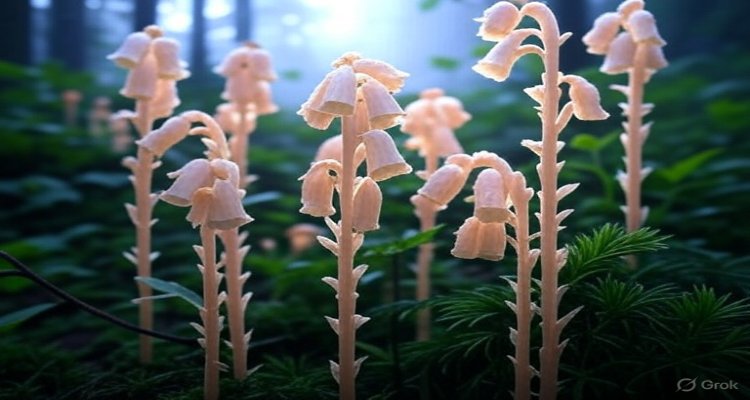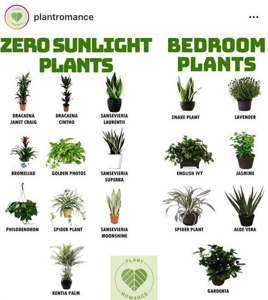Plants That Thrive in Complete Darkness
Context & Background
Photosynthesis is the process through which plants convert light energy into chemical energy, using chlorophyll in their leaves. Typically, without light, plants cannot make food and thus cannot grow or sustain themselves. However, nature presents exceptions. Some species have evolved to survive entirely in darkness, relying on unique biological mechanisms to obtain nutrients. These plants are often found in dark environments such as deep forest floors, caves, or underground habitats where sunlight never penetrates.
Main Developments: Plants That Defy the Light Rule
Among the most notable are heterotrophic plants, which lack chlorophyll and do not photosynthesize. Pinesap (Monotropa hypopitys) is a famous example that grows in complete darkness, drawing nutrients from decaying matter in the soil through symbiotic relationships with fungi. This fascinating adaptation allows it to thrive without sunlight, drawing energy indirectly from other plants.
Other plants that can endure very low light or near dark conditions—though not absolute darkness—include species such as Dracaena, Philodendron (heartleaf), Chinese Evergreen (Aglaonema), Peace Lilies, Snake Plants, and some types of palms. These plants are often grown indoors in low-light conditions and remain popular because of their ability to survive where many others cannot. While they do require some indirect or minimal light for long-term health, they can persist in spaces with minimal natural light, making them ideal for offices or rooms without windows.
Expert Insight or Public Reaction
Botanists explain these plants’ survival as a result of specialized biology. Heterotrophic plants like Pinesap have lost their chlorophyll and photosynthetic ability through evolution and have adapted to obtain nutrients externally. Meanwhile, low-light tolerant plants optimize their photosynthetic efficiency to make the most out of meager light sources. Indoor plant enthusiasts and botanists alike praise these species for their resilience and adaptability, often recommending them for people living in apartments or workplaces with insufficient natural light.
Impact & Implications
The ability of certain plants to thrive in darkness changes how we think about indoor gardening, urban landscaping, and even scientific research on plant biology and ecosystems. These plants offer solutions for green spaces in environments traditionally considered inhospitable to plant life. On a broader scale, understanding these adaptations can inform conservation efforts in dark habitats and foster innovations in horticulture, such as using these plants to improve air quality in low-light indoor spaces.
Conclusion
Though most plants flourish under the sun, the remarkable adaptability of certain species to thrive without it reveals the incredible diversity of life on Earth. From the mysterious Pinesap to popular houseplants sustaining life in dim corners, these plants expand our knowledge of survival and resilience, inviting a new appreciation for life’s tenacity beyond light.
plants that thrive in darkness, low light plants, heterotrophic plants, indoor plants low light, Pinesap plant, plants without sunlight
#plants #lowlightplants #heterotrophicplants #indoorplants #Pinesap
- https://www.reddit.com/r/houseplants/comments/1ej61pm/is_there_any_plant_that_can_survive_in_complete/
- https://www.searchenginejournal.com/journalism-tactics-for-seo-content/403226/
- https://plantersetcetera.com/blogs/plant-guides/plants-that-grow-in-the-dark
- https://www.brafton.com/blog/content-writing/how-to-write-a-journalistic-article/
- https://www.epicgardening.com/plants-kept-in-the-dark/
- https://surferseo.com/blog/how-to-write-an-article/
- https://www.youtube.com/watch?v=WZpmNdMl50A
- https://owl.purdue.edu/owl/subject_specific_writing/journalism_and_journalistic_writing/index.html
- https://www.gardendesign.com/shade/plants.html
- https://www.linkedin.com/posts/afira-seo-content-writer_seo-writing-for-news-websites-activity-7297865021525524480-ve61












